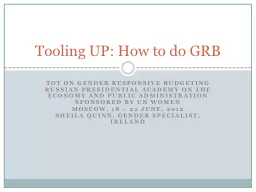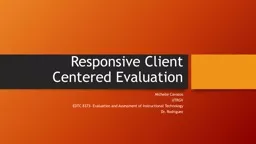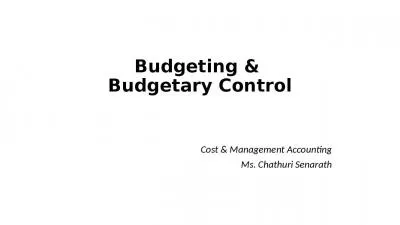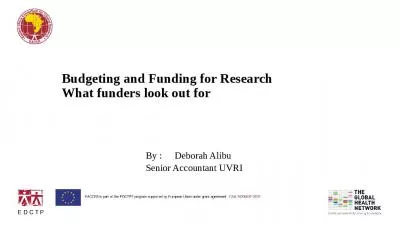PPT-TOT on Gender Responsive Budgeting
Author : trish-goza | Published Date : 2016-03-22
Russian Presidential Academy on the Economy and Public Administration Sponsored by UN Women Moscow 18 22 June 2012 Sheila Quinn Gender Specialist Ireland Tooling
Presentation Embed Code
Download Presentation
Download Presentation The PPT/PDF document "TOT on Gender Responsive Budgeting" is the property of its rightful owner. Permission is granted to download and print the materials on this website for personal, non-commercial use only, and to display it on your personal computer provided you do not modify the materials and that you retain all copyright notices contained in the materials. By downloading content from our website, you accept the terms of this agreement.
TOT on Gender Responsive Budgeting: Transcript
Download Rules Of Document
"TOT on Gender Responsive Budgeting"The content belongs to its owner. You may download and print it for personal use, without modification, and keep all copyright notices. By downloading, you agree to these terms.
Related Documents














